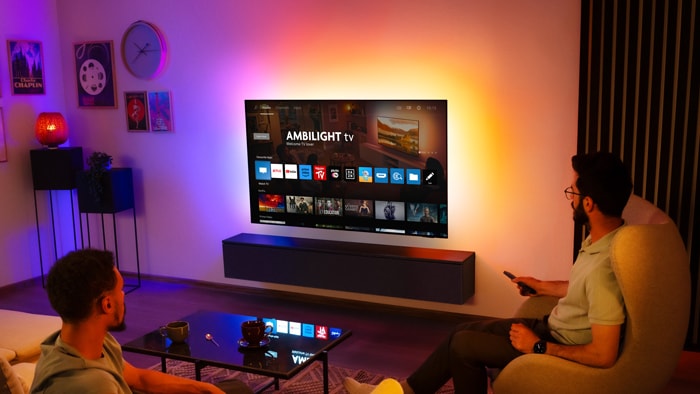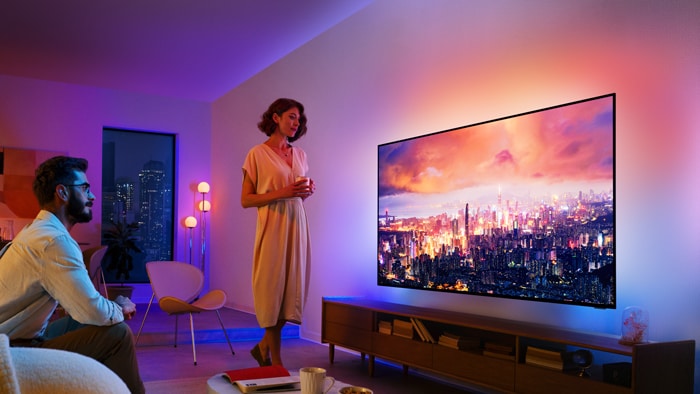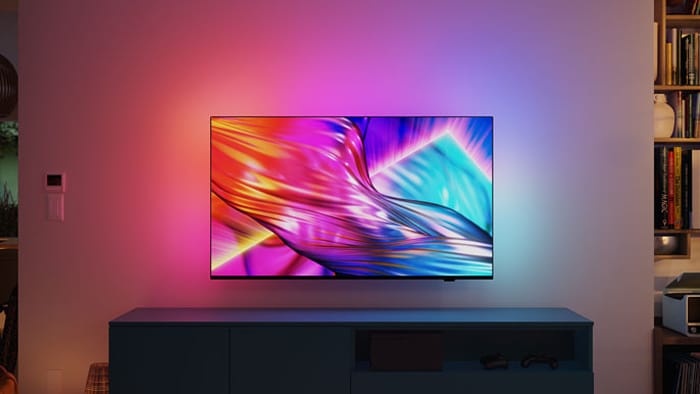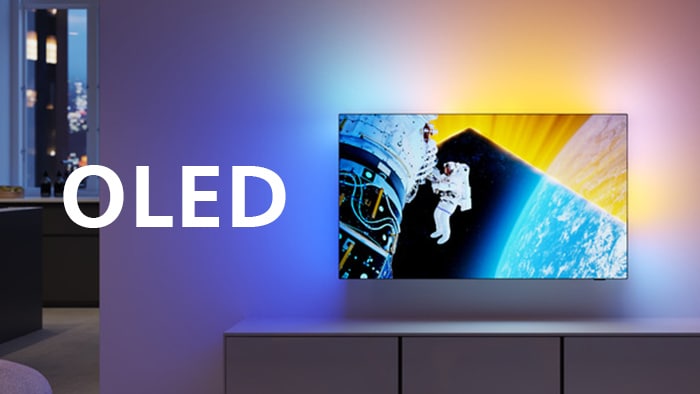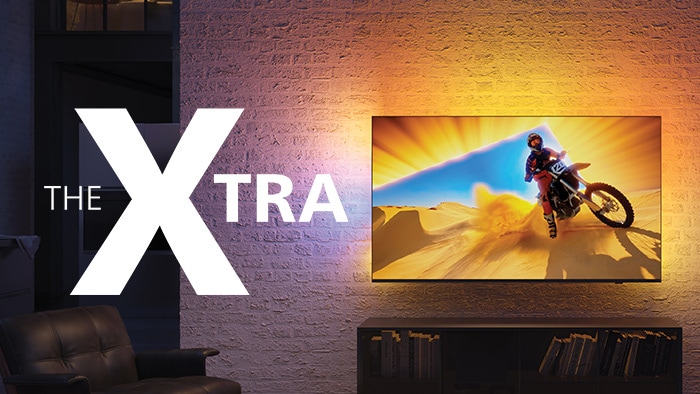How to place your TV the right way in any room
Designing a comfortable, functional living space means paying attention to how your TV is placed. From choosing the right screen size to deciding between a wall mount or a stand, each choice can make a big difference. This guide explains everything in simple terms so even if you’re new to TV technology, you’ll feel confident setting up your screen.
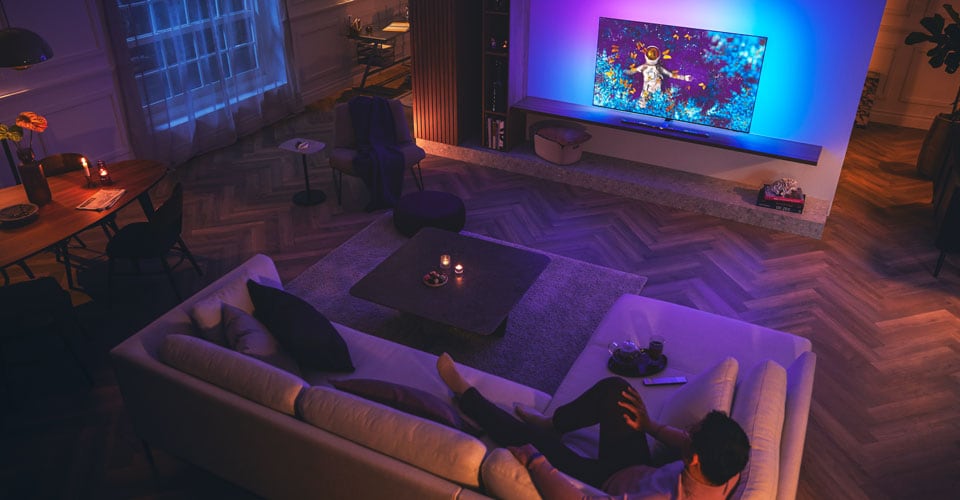
What's the right TV size for my room?
When you start shopping for a TV, the screen size is often the first thing you notice. But the “right” size depends mostly on two factors:
Viewing distance
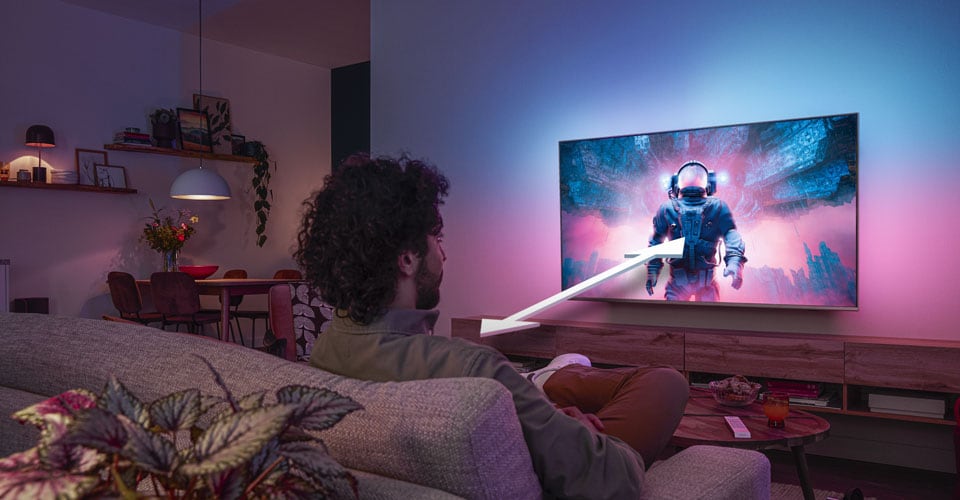
Resolution Below are general guidelines for screen size based on recommended viewing distances.
Small rooms and bedrooms:
Medium-sized rooms:
Medium-to-large rooms:
Large rooms or home cinemas:
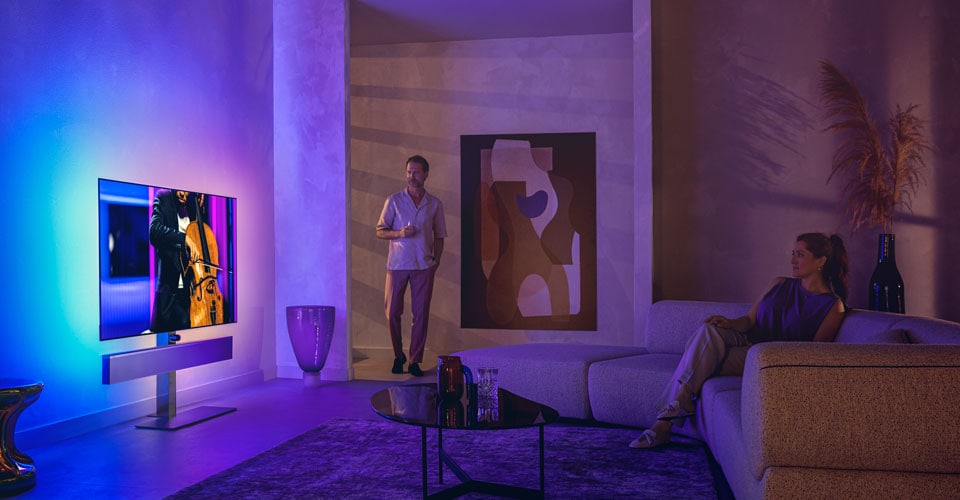
Tip: If you already know your seating distance, you can use a simple rule of thumb:
What is the ideal spot for my TV?
Once you have the right screen size in mind, it’s time to think about placement. The best spot combines good sightlines, minimum glare, and comfort. Here’s what to consider:
Face your seating area
Avoid direct sunlight and strong reflections
TV above a fireplace? Proceed with caution
Leave room for other gear
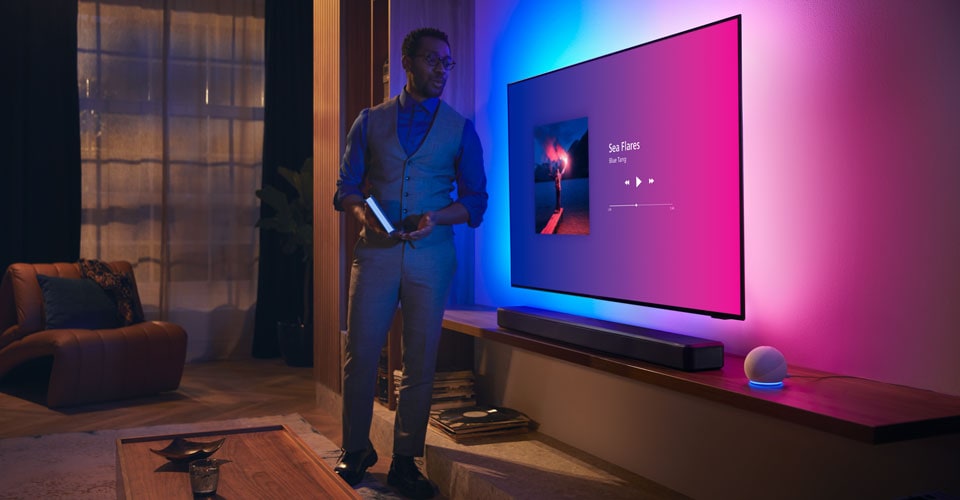
Should I mount my TV on the wall or place it on a TV stand?
1. Wall mount
VESA tip: Most TVs use a “VESA” standard (Video Electronics Standards Association) for mounting holes on the back. Look for a number like 200x200 mm (distance between horizontal and vertical holes). Your wall mount bracket has to match your TV’s VESA size.
2. TV stand
What is the ideal height of my TV on a wall?
Whether you choose a wall mount or a stand, the height at which you put your TV makes a big difference in comfort. Here’s how to get it right:
Measure your seated eye level
Position the centre of the screen at eye level
Maximum distance from eye level
How do I choose the right TV stand?
If you decide a stand is right for you, here are the main factors to consider:
Weight capacity and size
Swivel, tilt, and height adjustability

Cable management
Matching your décor
Open vs. closed storage
Arranging my living room with a TV in the corner
If wall space is tight or your room layout makes a corner placement appealing, you can still get a good viewing experience. Follow these steps:
Use a corner-specific stand or mount
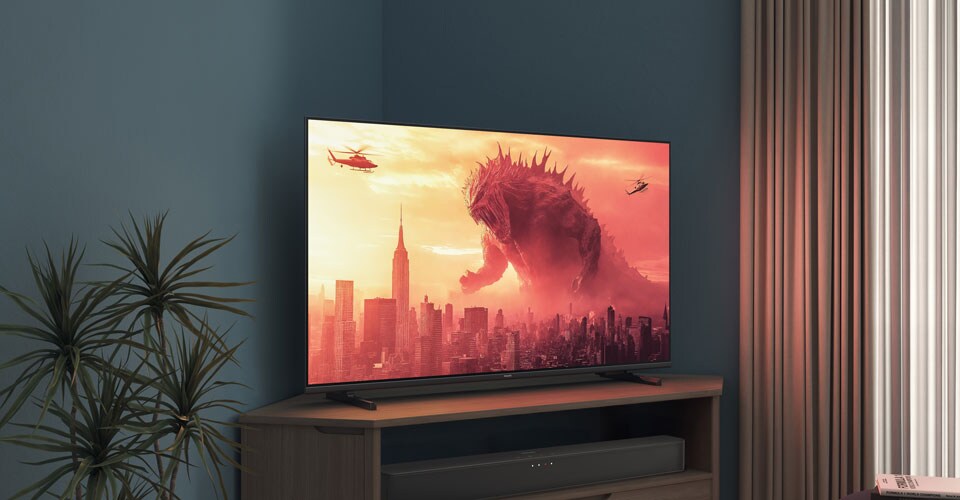
Angle your seating
Balance the visual weight
Before we wrap up, let’s look at some of the most common questions people ask when setting up their TV.
Can my TV be wider than the stand?
Yes—as long as the stand is rated for the TV’s weight and you place the TV safely. If the TV overhangs the stand edges, make sure the base sits firmly without tipping. Always follow the stand manufacturer’s instructions.
Can you use a TV without a stand?
Absolutely. Most modern TVs have “VESA” mounting holes on the back. If you don’t want or can’t use a desktop stand, you can: • Wall-mount the TV (fixed, tilting, or full-motion bracket). • Use a third-party tabletop mount: — These are similar to small wall mounts but sit on a table or cabinet. — They let you swivel or tilt the tv without drilling into walls.
How far should my TV be from the wall for Ambilight?
Leave about 5–10 cm of space between your Ambilight TV and the wall. This gap lets the lights shine around the edges evenly, creating an immersive halo effect that improves perceived colour, contrast and reduces eye strain in low light.
Can a TV ever be too big?
Indeed, bigger isn't always better. A TV that's too large for the room can: Bottom line: Choose a size that matches both your room’s dimensions and your usual seating distance. If in doubt, measure your wall space and seating area, then compare to the general viewing-distance guidelines above.
Final tips and checklist
By thinking through screen size, placement, and furniture arrangement, you can create a viewing area that’s comfortable, looks great, and protects your eyes and neck. Here’s a quick checklist to follow before you finalise your setup:
Measure your room
Check for glare
Decide on a mount or stand
Determine correct height
Arrange seating and décor
Manage cables
Think about future gear
Once everything is in place, do a final test: turn on the TV in different lighting conditions (day and night) to confirm there’s no glare, and that the height feels comfortable. Sit in each seat in the room to make sure everyone has a good view. With these steps, you’ll enjoy your TV setup for many years—comfortable, stylish, and perfectly sized for your home. Happy viewing!
So, which Ambilight TV will it be?
-
OLED
4K Ambilight TV
65OLED760/12
- 164 cm (65") Ambilight TV
- 4K OLED. 120 Hz
- P5 AI perfect picture engine
- Dolby Vision and Dolby Atmos
-
The Xtra
4K QD MiniLED Ambilight TV
65PML9009/12
- 164 cm (65") Ambilight TV
- P5 Perfect Picture Engine
- TITAN OS smart platform
- Dolby Vision & Dolby Atmos
-
The One
4K Ambilight TV
65PUS9000/12
- 164 cm(65")AMBILIGHT tv
- 4K QLED. 120 Hz
- P5 Picture Engine
- Dolby Vision and Dolby Atmos
-
QLED
4K Ambilight TV
65PUS8500/12
- 164 cm (65") Ambilight TV
- 4K QLED
- Pixel Precise Ultra HD
- Dolby Atmos®
This article was created with the assistance of AI, along with detailed input, careful editing, and fact-checking by our team to ensure accuracy and quality.




